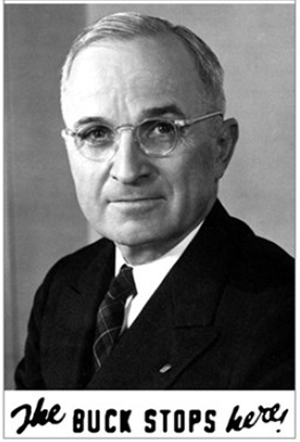Be Like Mike was one of the most successful ad campaigns of all time. It also helps explains why Michal Jordan is the wealthiest retired athlete of all time.
What made it work? It is a simple triangulation that subtly induces cognitive dissonance in consumers. In other words, the consumer thinks, “I do want to be like Michael Jordan.” Or, at least the consumer thinks “I like Michael Jordan”. Yes! Notice how “like” and “Mike” are paired. There can be two meanings for “like” – a comparison of two things (Mike and me) and admiration or hero-worship. The campaign shows Michael Jordan drinking Gatorade. The target consumer realizes “I am not drinking Gatorade.” That’s what creates the dissonance. It’s instinctively upsetting to have dissonance in your life. It’s disruptive. The urge is always to restore harmony. Therefore, “I must drink Gatorade.”
That’s not a rational response. Drinking Gatorade isn’t a logical decision based on features, advantages, and benefits. The ads never mention any of that. Promoting the (questionable) benefits of Gatorade will only provide a weak motivation to buy.
The emotional desire to Be Like Mike is what made Michael Jordan a superstar endorser and worth around $1.6 billion.
This triangulation continues to work for Nike. Back when Nike first launched Air Jordan, they briefly promoted the pump and other features of their shoes. Now, the only reason a consumer studies features is to choose from a variety of Air Jordan models. The consumer has already made the important decision to buy Nike. The swoosh and the leaping Jordan is all Nike needs to message.
So what? That’s great for marketing. What has that got to do with execution? The answer is a lot. The execution of anything involves a series of important decisions. Which vendor will you partner with? Which candidate will you hire? Who gets assigned the crucial tasks? All things being equal, you are always resolve to the person you like. Every experienced sales person understands this principle. If the prospect doesn’t like you, you have almost no chance.
The take-away is simple – Be aware. Rational decisions can sometimes be tricky. Sometimes subtle unconscious emotions can lead to a regretful actions.





